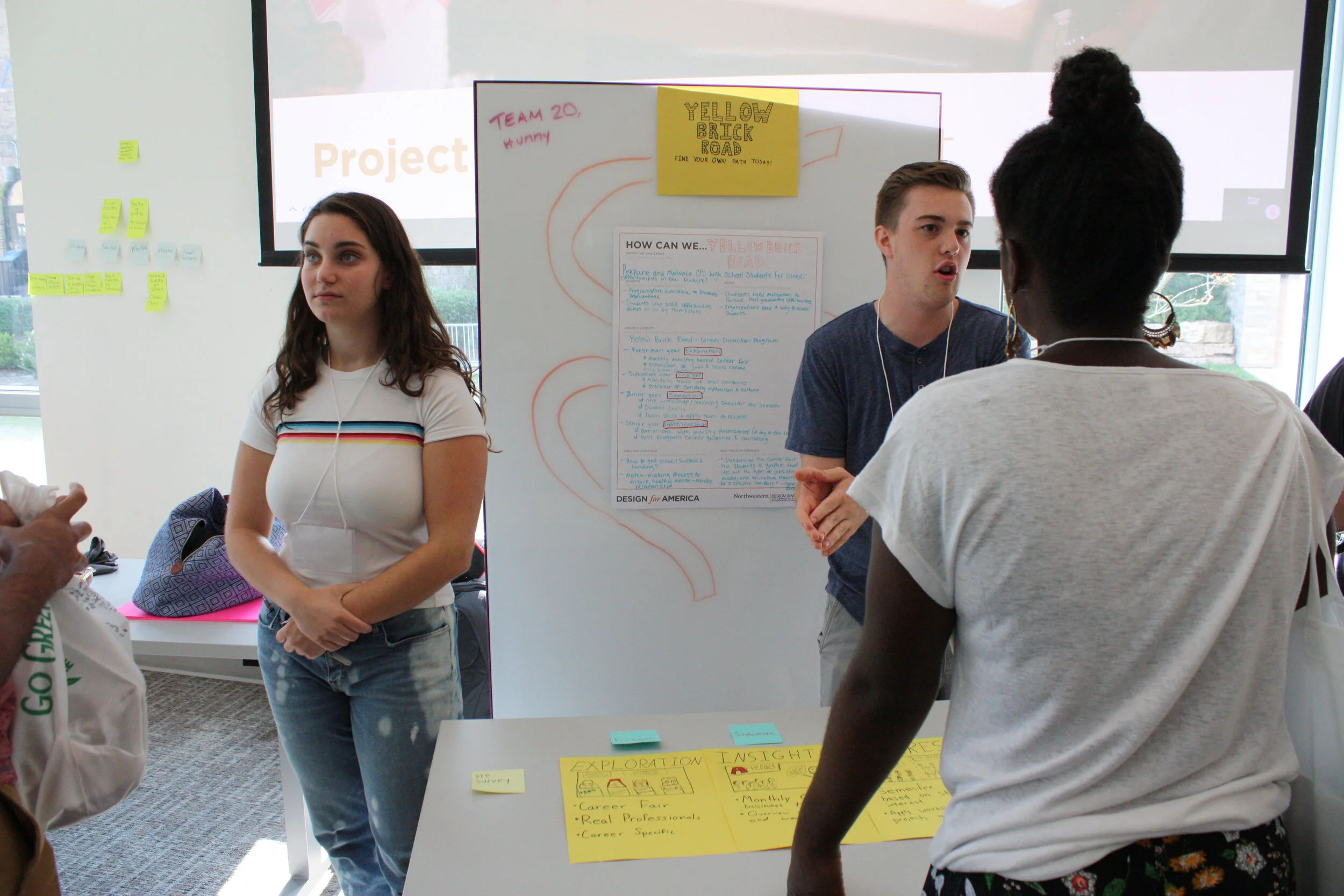Research Debrief
Overview
This case demonstrates how I delivered the results of a collaborative project. I was the lead researcher on this project and collaborated with my teammates to produce a demonstration for the stakeholders. It also demonstrates my ability to listen, to ask for feedback, and to continually improve my work and my performance.
The goal of this project was to develop an understanding of an activity and be able to present an evidence based solution. Our team chose holistic medicine as our activity and our goal was to create a website for purposes of finding information, and resourcing needed medicine for ailments. After each step of the design process, we would present in front of the class, the professors, and a diverse UX panel.
Photo 1: Screenshot of our presentation powerpoint
This project enhanced my presentation and research abilities by challenging me in several different ways. When presenting the work that the group did, it was difficult for me to talk about the project and present findings. Being the lead researcher on this project meant that I did most of the presenting to the audience. I would end up talking about aspects of the project that were not relevant to the work I was presenting and confusing the audience. We spent a lot of time clarifying what we were saying and wasting time we could be getting feedback and improving our project.
I decided to get feedback from my professors and the UX panel on my own time. I learned that reporting isn’t about giving detail on everything that we did; It is about talking out milestones and not to talk about the project as a final product, but constantly promoting feedback. Presenting isn't just about talking about what you’ve done, it is just another form of collecting research. This was a challenge for me because I had to be vulnerable with a large group of people. I am used to working one-on-one for research or with small groups, but doing most of the talking and not being able to interact with your research group was new for me. I learned to use language that opened the floor to collect feedback throughout the presentation.
Photo 2: Presenting at a conference in Fall of 2018
I treated the presentation as a demonstration, the questions at the end as the test, and the feedback as the data collection. This helped me to present our project more clearly, and invited deeper and more complex feedback. Overall, I learned that UX design projects are all about constantly learning about your users and to take advantage of any collection of feedback because it can only enhance your work

